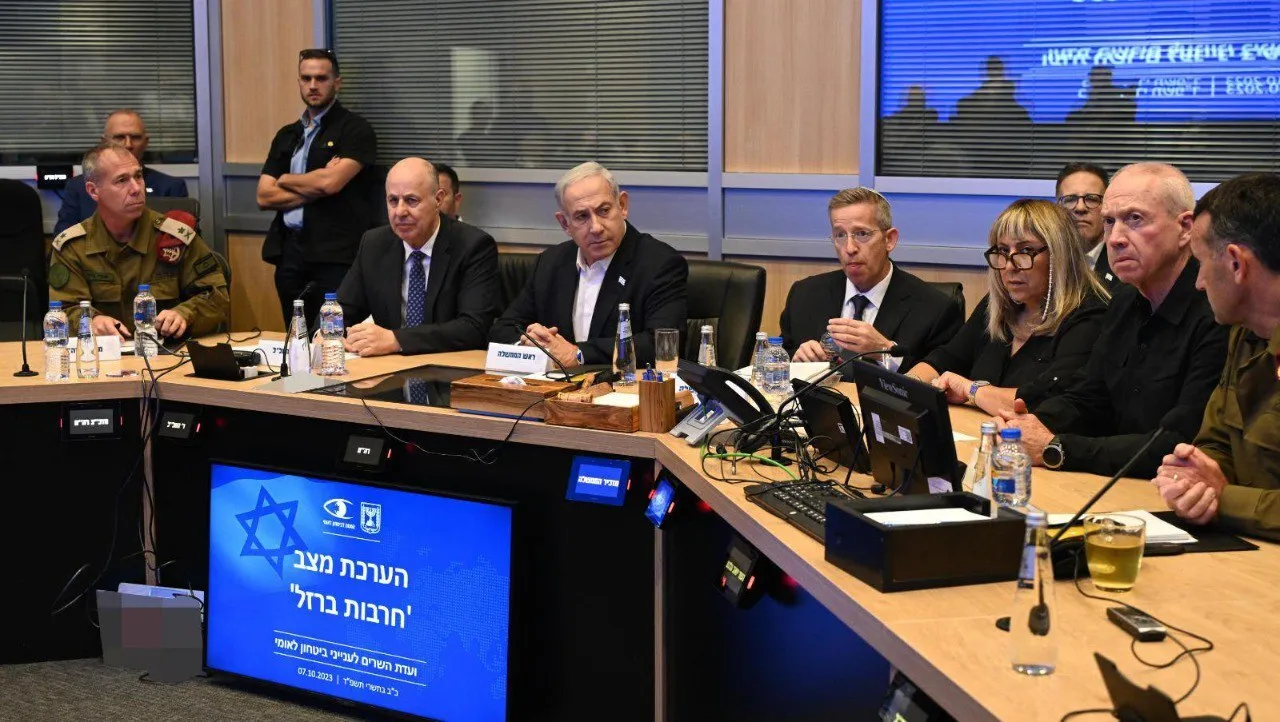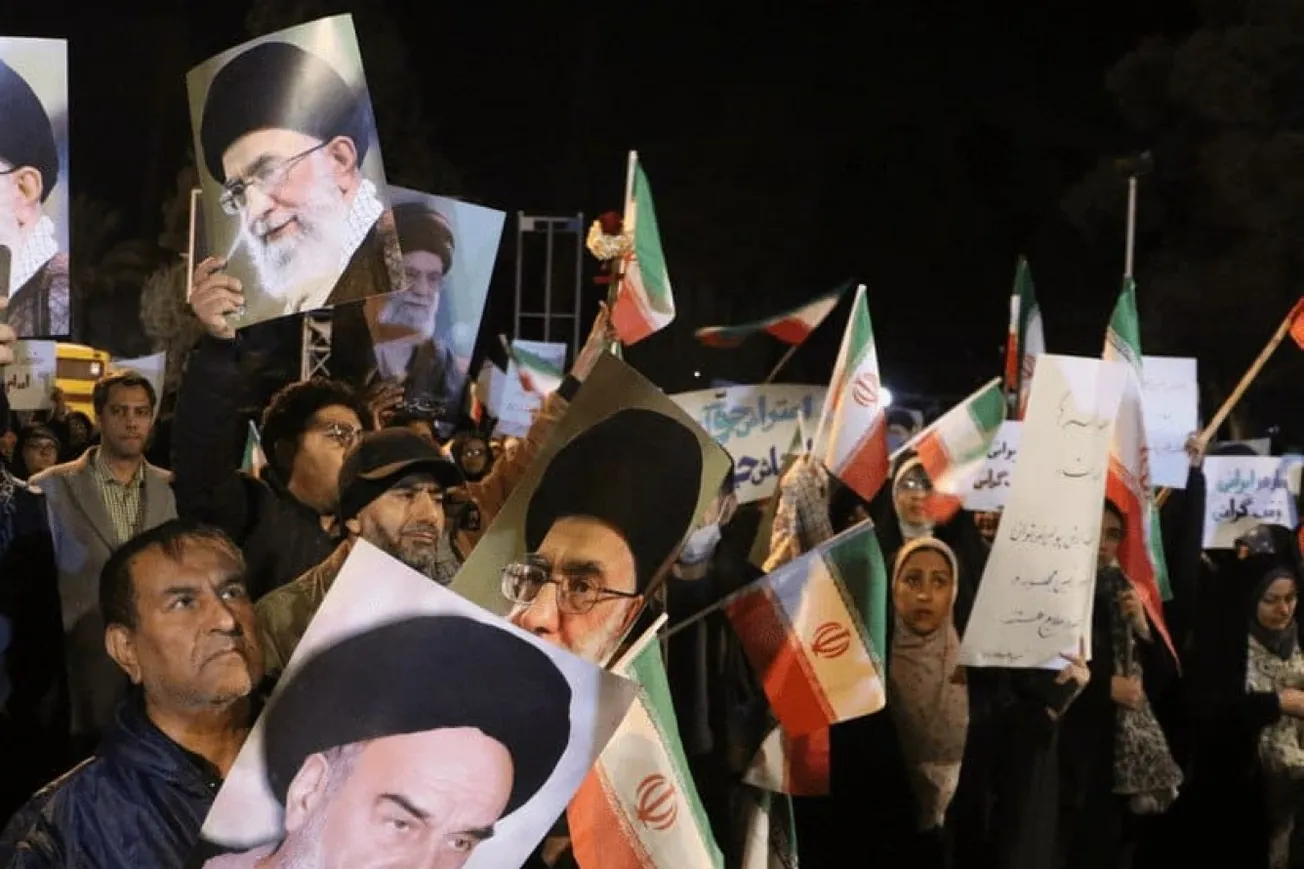- A global campaign of misinformation is distorting Israel's intentions, portraying it as a vengeful force rather than a nation seeking safety for its citizens
- The concepts of "proportionality" and "civilian casualties" are central to the ongoing public conversation about the conflict
- Hamas is a Nazi-based organization, poses a serious threat to Israel's safety and thus requires a proportional response, similar to the U.S. response to Al Qaeda after 9/11
- Hamas's entrenchment in civilian infrastructure complicates the situation, leading to potential harm to both Israeli and Palestinian civilians
- Threats from Iran and aggressive moves by Lebanon have prompted international involvement, with the U.S. and the UK sending forces to deter further escalation
- Israel is making significant efforts to protect both its citizens and Palestinian civilians, aiming for a safer strategic position for all parties involved
On October 7, the Palestinian terror organization, Hamas, invaded Israeli communities and perpetrated the largest loss of Jewish life in a single day since the Holocaust: including the murder of over 1,300 men, women, children and the elderly, the rape of several hundred women, and the massacre of 40 babies, including beheadings and burning alive. In the week since, Hamas has launched hundreds of additional attempts to invade Israel by sea, land and air, with the stated purpose of annihilating the state and murdering Jews.
As Israel defends against the ongoing attacks and launches a military operation to remove Hamas from power, a global campaign of misinformation seeks to portray the Jewish state as a bloodthirsty force intent on revenge, rather than what it actually is: a responsible nation seeking basic safety for its citizens. Two concepts will feature prominently in the coming public conversation: proportionality, and civilian casualties.
Proportionality
Many who use the word do not understand what “proportionality” really means: it does not mean that a country should respond to an attack with a similar attack. If it were, Israel should be expected to murder 1,300 Palestinian civilians, behead or burn alive 40 babies, etc. Clearly, this is not the correct understanding.
In truth, proportionality means that a military action must be proportional to the threat it is intended to address, or in technical language: harm to civilian life or infrastructure must not be excessive in relation to the military objective. (See, for example, Article 51 of the Additional Protocol to the Geneva Convention).
For example, after 9/11, the very existence of Al Qaeda posed a serious threat to American security because the terror organization had sworn to cause continued harm to the Western world. Therefore, America’s military objective had to include the elimination of Al Qaeda's existence, else Americans would never be safe. This strategic goal required a decade of military operations across multiple countries: not proportional to the events of 9/11 (a single day of attacks on three specific targets) but it was proportional to the threat American faced at the time.
In this case, Hamas is a Nazi based organization: the terror group idolizes Adolf Hitler, uses Nazi symbols, and includes Nazi ideology in its training as well as its founding charter. Hamas’s goal can be summed up in the words of President Biden this week, “Hamas does not stand for the Palestinian people’s right to dignity and self-determination. Its stated purpose is the annihilation of the State of Israel and the murder of Jewish people.”
Israel cannot be safe as long as Hamas exists. Much like America’s task after 9/11, destroying Hamas is the proportional response. What this will require depends entirely on Hamas: if the terror group were to release all hostages and surrender its leadership to arrest, this matter would conclude with no further loss of life. However, Hamas has shown no such intention, it is deeply entrenched in Palestinian civilian infrastructure, and its fighters are both well trained and well armed. Therefore, the proportional response of eliminating Hamas will require a significant amount of fighting, with Israeli and Palestinian civilians often caught in between.
Moreover, this week Iran has threatened to attack, and Lebanon has already made aggressive moves. As a response, the United States has sent two aircraft carriers to the Mediterranean, and the UK has sent forces as well. The goal of these forces is to deter any such escalation, but even a multi-front and multi-national war would still be considered “proportional” as long as its purpose is eliminating Hamas and promoting the future safety of the Israeli people.
Numbers Games
As part of a propaganda effort, Hamas is already releasing casualty numbers. These numbers are unreliable in four distinct ways: the source, propensity for outright lies, the causality, and the use of human shields.
Source: The Gaza Ministry of Health is often cited as the source of Palestinian casualty numbers. This “ministry” is actually an arm of Hamas, which is designated as a terror organization by much of the world including the United States, the European Union, and the UK. Quoting data from Hamas is the functional equivalent of using ISIS as if it were a reliable source - it is not.
Lies: Hamas frequently tells outright lies with respect to casualties. For example, in 2018 Hamas set global headlines ablaze, claiming that Israeli forces had killed an eight month old Palestinian baby: Layla Ghandour. It was later discovered that baby Layla had died from an unrelated congenital heart condition, and had been nowhere near Israeli forces at the time. This case is just one example of a common practice.
Causality: About 20-30% of Hamas’s rockets misfire, causing Palestinian casualties which Hamas misleadingly includes in its total figures. The phenomenon is confirmed by multiple organizations outside of Israel.
Human shields: Hamas systematically integrates its military machine with the Palestinian civilian infrastructure. Command centers can be found in schools and mosques, rocket launchers can be found in or next to private homes, and the list goes on. Even when Israel issues advance warning of attacks, Hamas frequently acts to prevent civilians from leaving the area, as it is doing right now in Gaza City. Such casualties should appropriately be considered an act of Hamas, and not of Israel or any other party.
Israel is making enormous efforts to protect its civilians while also protecting Palestinian civilians, even under the nearly impossible conditions which Hamas has created over decades. Though Israelis understandably feel a mix of strong emotions, the nation as a whole, and its armed forces, are not seeking revenge, but rather a safer strategic position for Israel and its allies. Such a safer world would benefit not only Israelis, but also prospects for a safe and prosperous Palestinian state.
Daniel Pomerantz is the CEO of RealityCheck Research, a nonprofit organization dedicated to bringing clarity to global conversations, and currently focused on the war between Hamas and Israel. You can learn more about RealityCheck’s vital work here.









